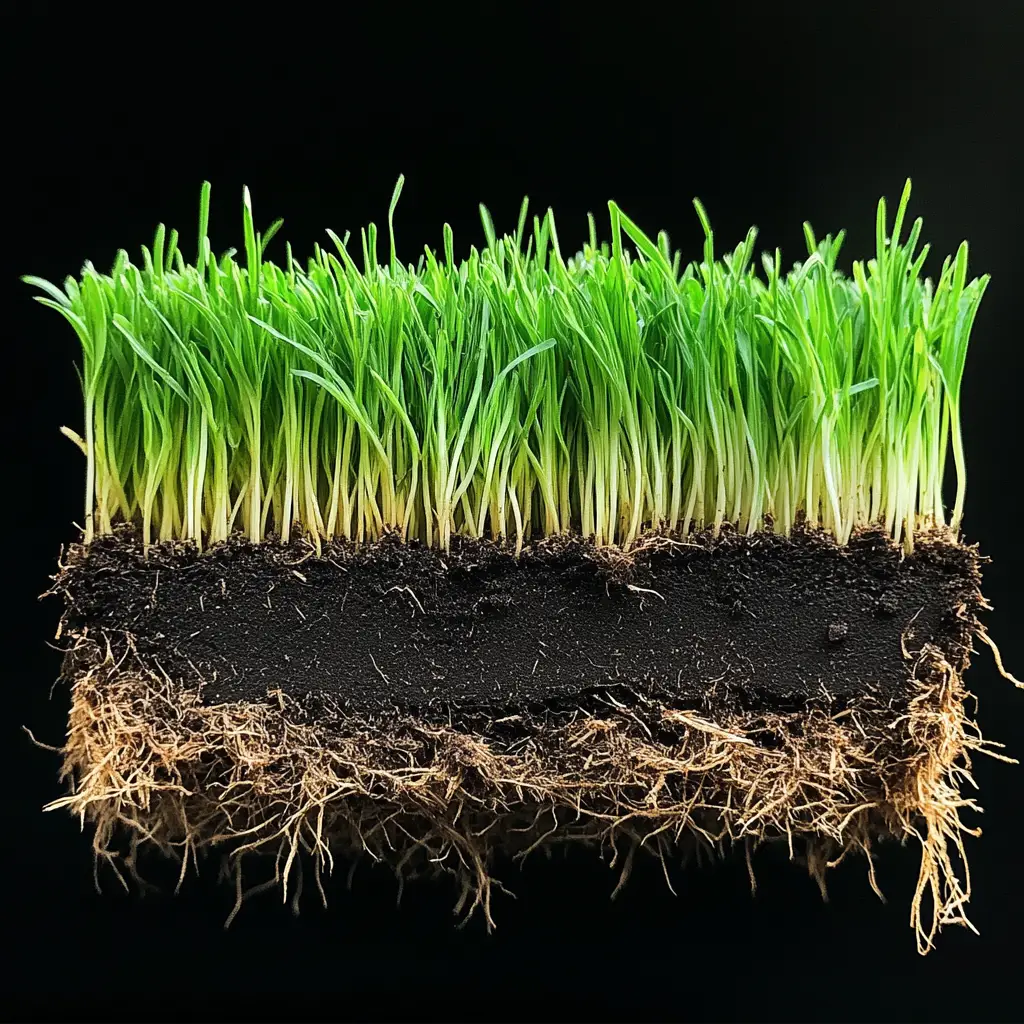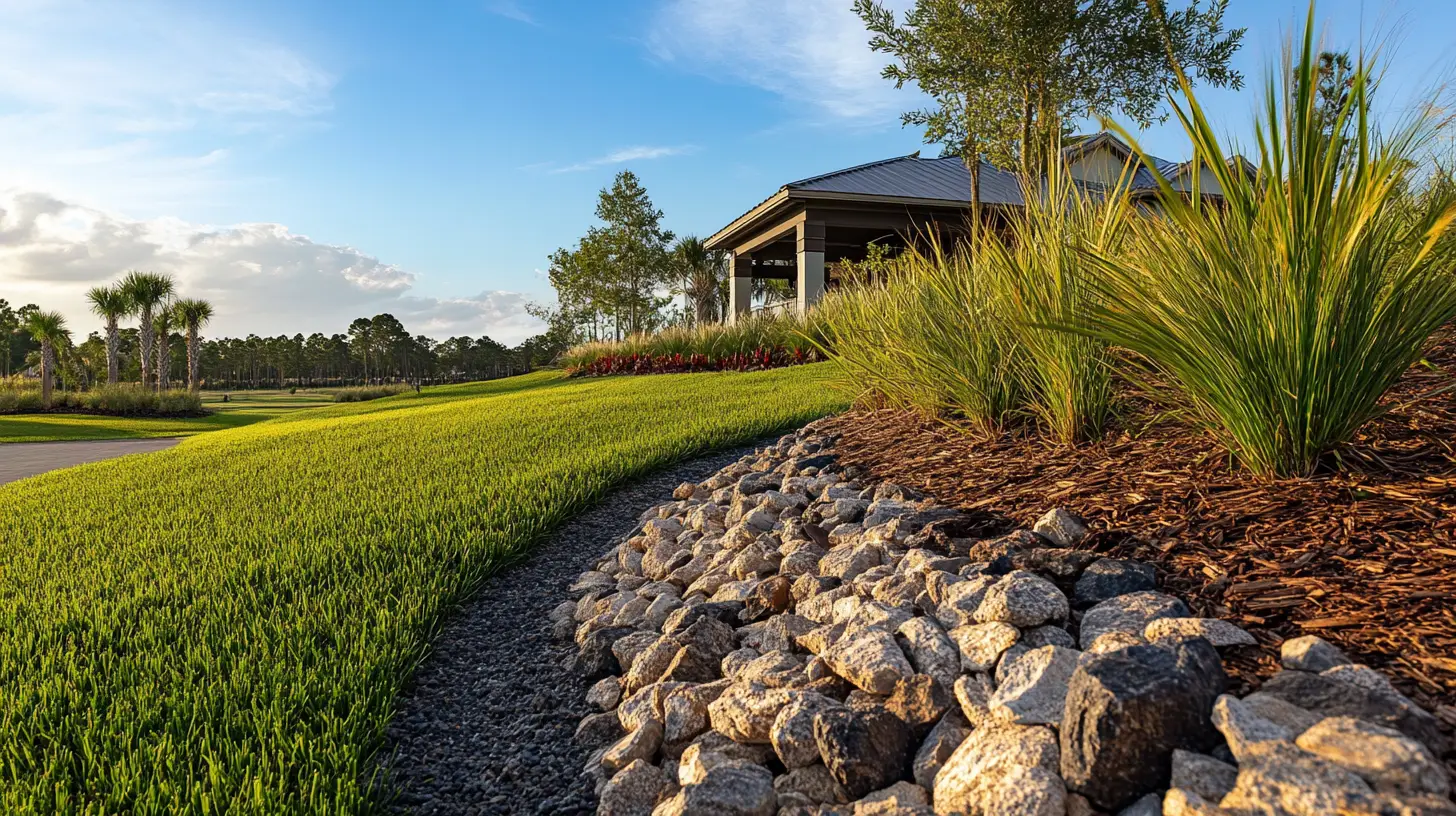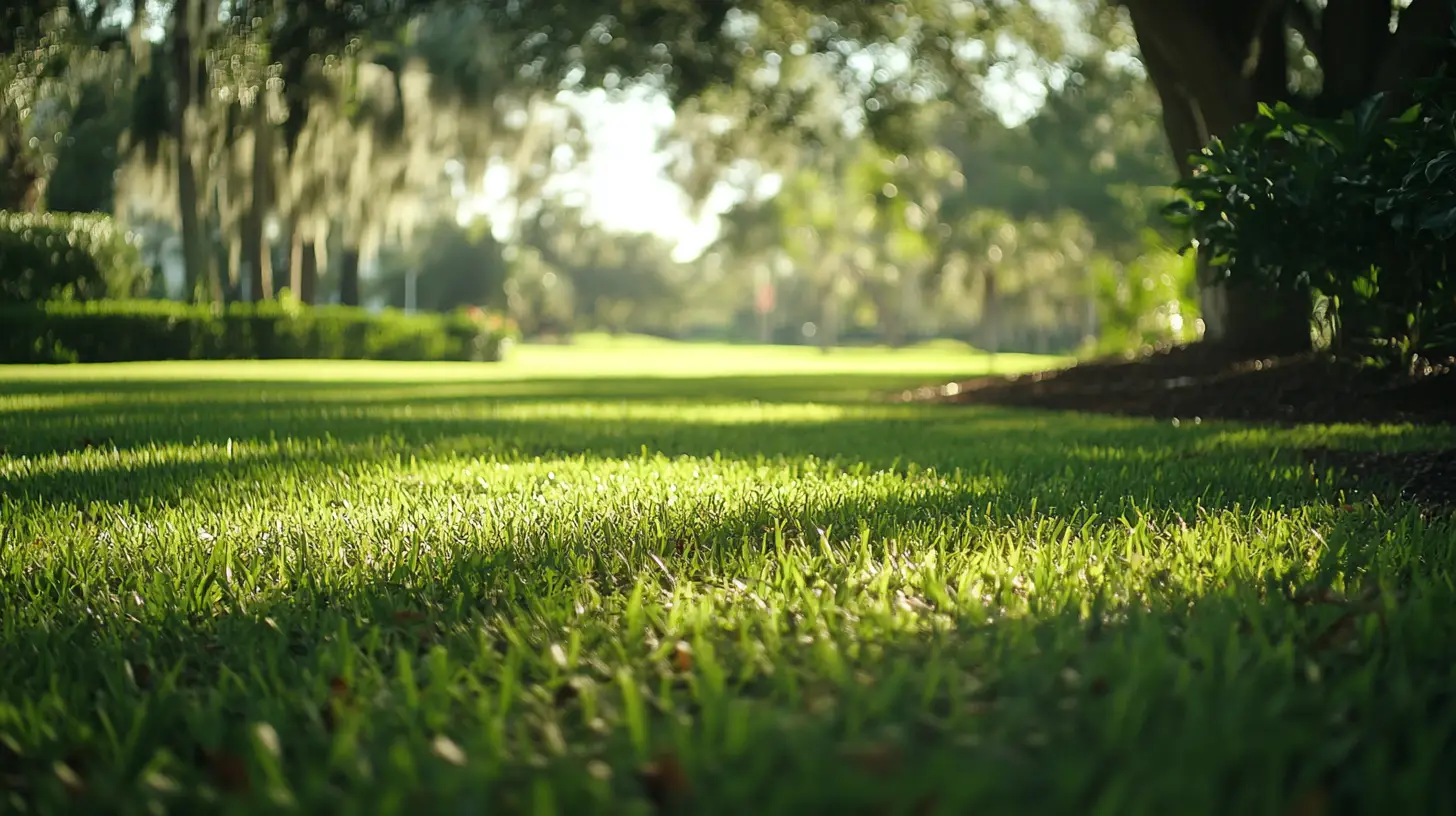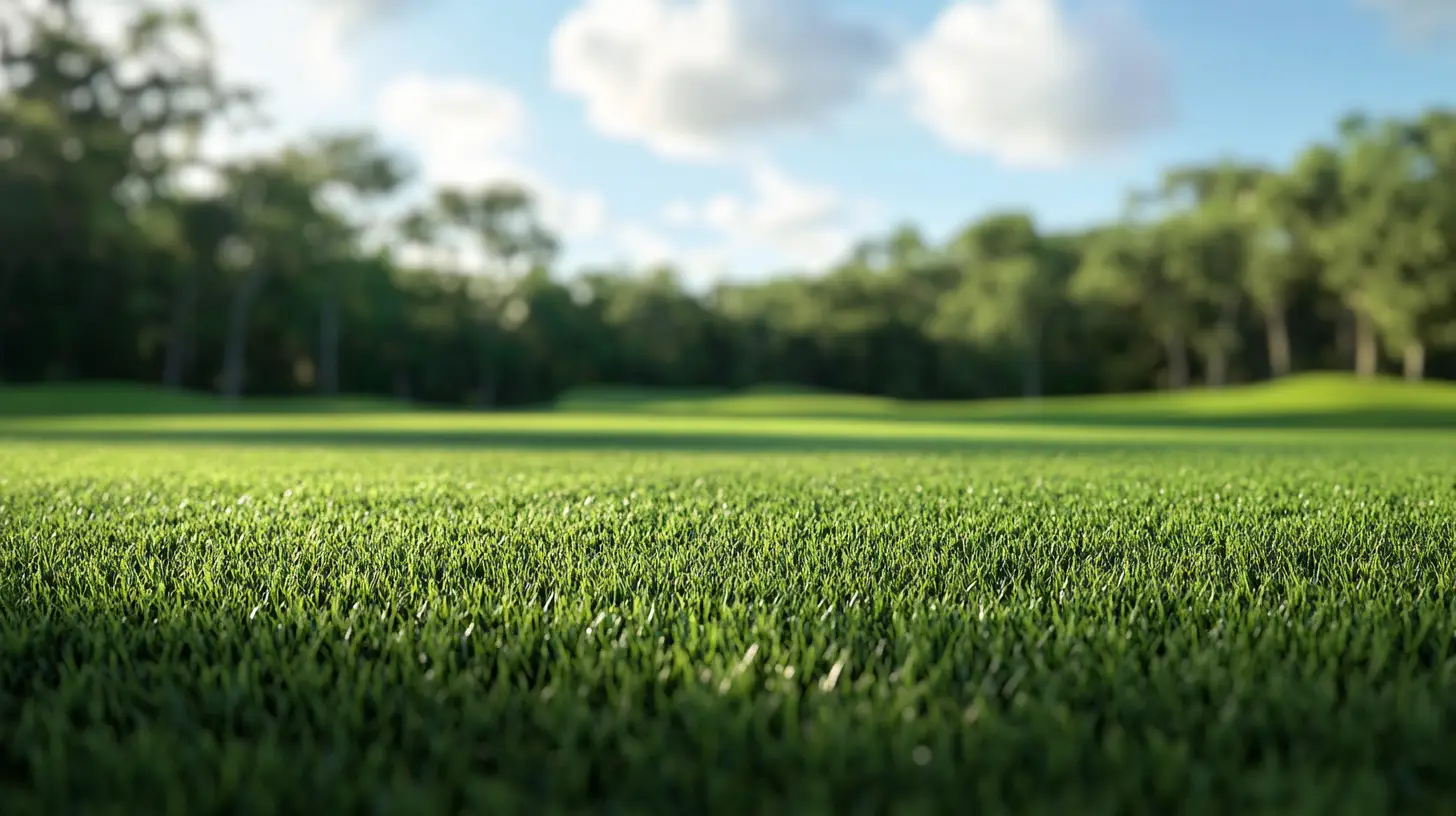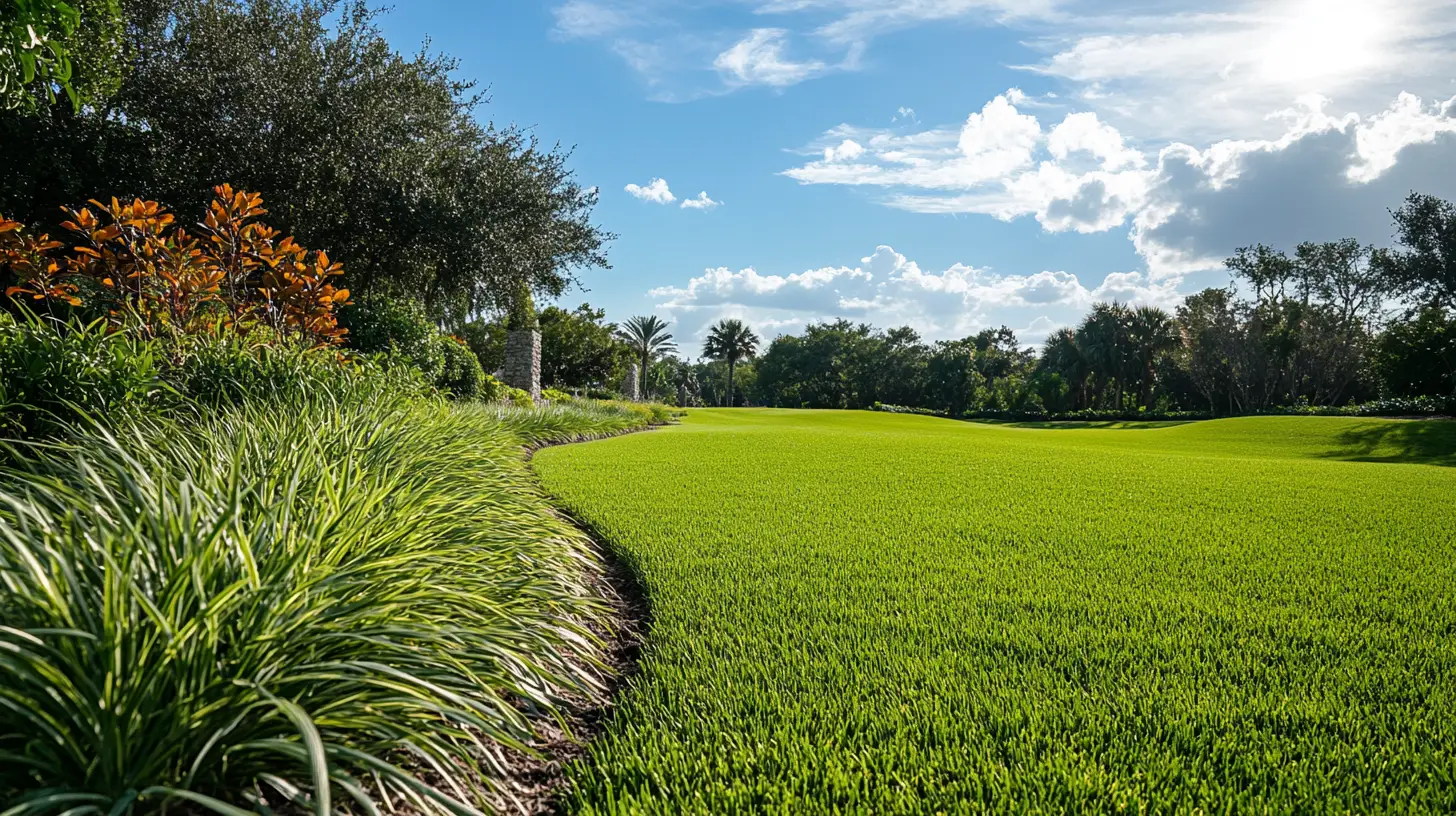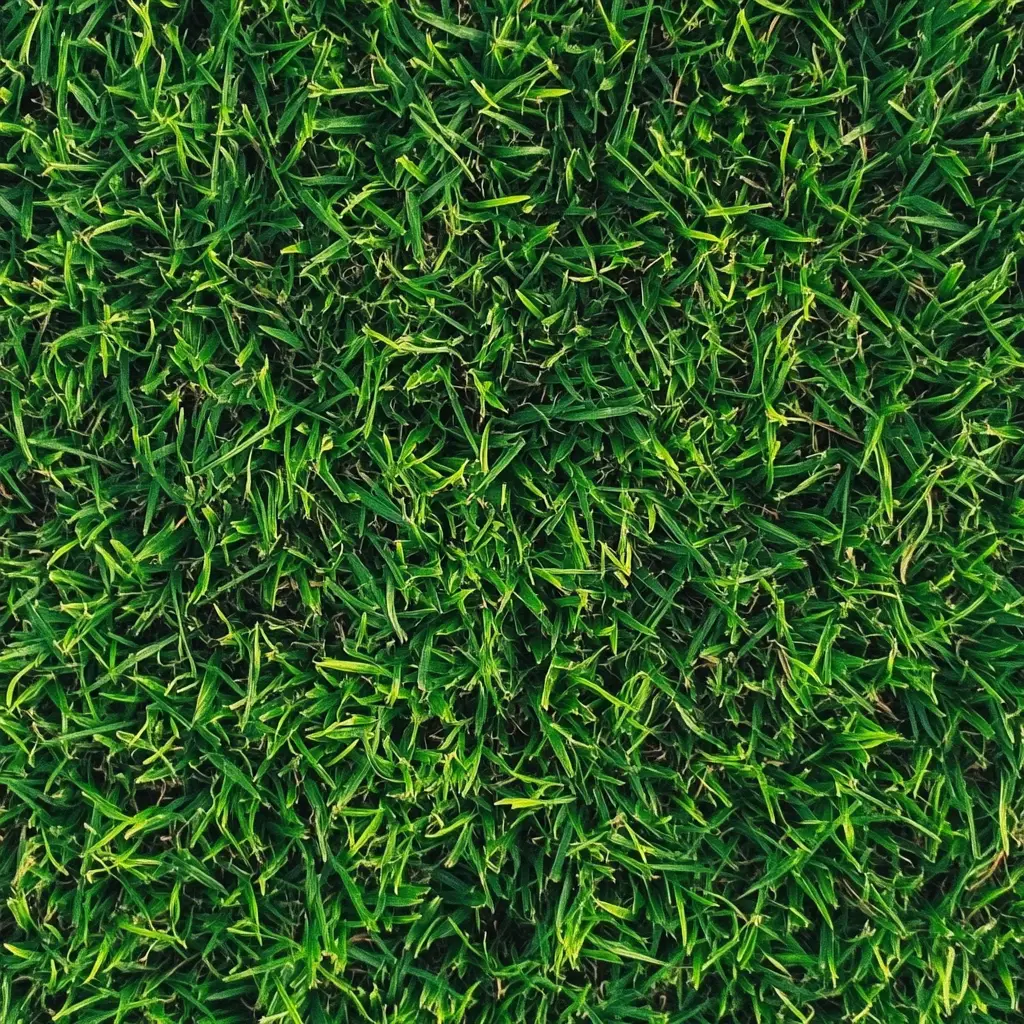Over time, soil becomes compacted, restricting the flow of air, water, and nutrients to the root system. Lawn aeration is the process of relieving this compaction by removing small plugs of soil, allowing grass to breathe and absorb the essential elements needed for strong, healthy growth. In Lakewood Ranch, where sandy soil and high humidity create unique challenges, aeration plays a key role in keeping turf resilient year-round.
Compacted soil prevents roots from expanding, leading to thinning grass, patchy areas, and poor drainage. Heavy foot traffic, frequent mowing, and natural settling contribute to this problem, making aeration an essential part of a lawn care routine. By opening up the soil, nutrients reach deeper into the root zone, strengthening the lawn against drought, pests, and disease.
Core Aeration for Long-Term Lawn Health
At Waves Pest Control Lakewood Ranch, our professional aeration services target the root cause of poor turf conditions. Using core aeration, we extract small soil plugs to break up compaction and improve root access to oxygen, moisture, and nutrients. This process enhances soil structure, reduces water runoff, and encourages deeper root development, leading to thicker, greener grass.
Aeration is especially beneficial when combined with fertilization and overseeding, helping grass grow stronger and fill in bare spots. For Florida lawns, aeration is recommended at least once a year, with timing based on the specific needs of St. Augustine, Zoysia, Bermuda, and Bahia grass.
Why Aeration Matters for Your Lawn
When soil is compacted, even the best watering and fertilization efforts fall short. Lawn aeration helps maximize nutrient absorption, improve water penetration, and promote healthier, more resilient turf. Whether dealing with dry, struggling grass or persistent lawn disease, aeration provides the foundation for stronger growth.
Call for Expert Lawn Aeration Near Me Today!
For professional lawn aeration services in Lakewood Ranch, call (941) 318-7612 today! Restore your lawn’s health with expert care designed for Florida’s growing conditions.
Lawn aeration is a key practice for maintaining healthy, thriving grass in Lakewood Ranch. Different aeration methods target specific soil conditions and lawn types, ensuring maximum nutrient absorption and root growth. Choosing the right method depends on factors like soil compaction, grass variety, and overall lawn health.
Core Aeration (Plug Aeration)
This method is the most effective for reducing soil compaction and improving root development. Core aeration removes small plugs of soil, allowing air, water, and nutrients to reach deeper into the root zone. It’s especially beneficial for St. Augustine, Zoysia, and Bermuda grass, which thrive in well-aerated soil.
Spike Aeration
Instead of removing soil, spike aeration creates holes by pushing metal spikes into the ground. While this method can improve water penetration, it’s best suited for mildly compacted lawns. Since it doesn’t remove soil, it may cause further compaction over time in dense or clay-heavy soils.
Liquid Aeration
Liquid aeration involves applying a biological or chemical solution that helps break up compacted soil at a microscopic level. This method improves soil structure over time and is ideal for homeowners looking for a less invasive alternative to mechanical aeration. It works best in combination with core aeration for long-term lawn health.
Slit Aeration
This process creates narrow slices in the soil using rotating blades. It’s often used when overseeding, as it provides an ideal environment for new grass to take root. Slit aeration helps improve seed-to-soil contact, leading to better germination and thicker, more resilient turf.
Choosing the Right Aeration Method
Each lawn has unique needs based on soil type, grass variety, and foot traffic levels. Core aeration is the most commonly recommended option for compacted soil, while liquid aeration offers a gentler approach for ongoing soil improvement.
For expert lawn aeration services in Lakewood Ranch, call (941) 318-7612 today! Improve root strength, water retention, and overall turf health with professional aeration tailored to your lawn’s needs.
Trustindex verifies that the original source of the review is Google. I had a major bee swarm in my garage . I called Waves and within 30 minutes Adam came to the rescue. He got rid of all of them ! He is very knowledgeable and found the root of the issue and will be back as to make sure they do not swarm my home again. I highly recommend this company and will be using them for all my future pest control /maintenance needs.
Owner's reply
It was our pleasure helping you with your bee control situation. We look forward to a continuing, successful pest control partnership. Thanks Anna!Trustindex verifies that the original source of the review is Google. Adam provided wonderful service on pest removal from my property. Clear and open communication, timely, and prompt to his scheduled appointments. Thank you Adam!
Owner's reply
Thank you Doreen, it was a pleasure to help you with your rodent control ans exclusion. Good luck with your move and enjoy South Florida!Trustindex verifies that the original source of the review is Google. Best rodent control service in Bradenton! Adam and the team caught 4 rats. They were professional and reliable, showing up right on time to exterminate the rats. 5 star!
Owner's reply
Thank you, Marilyn! We're thrilled to provide you with top-notch rodent control. Your satisfaction means so much to us!Trustindex verifies that the original source of the review is Google. Adam is an awesome guy who really cares about delivering the absolute best experience for his clients. I strongly recommend reaching out to his team. Honest group of people you can trust in your home or business.
Owner's reply
Thanks, Kevin! We're thrilled to hear you had a great pest control experience. Trustworthy pest control is our top priority!Trustindex verifies that the original source of the review is Google. Professional, knowledgeable and solution oriented. Adam was quick to address our issue and explain our options, highly recommend.
Owner's reply
Thank you, Pete! We're so happy to have helped you with your bee control issues. Your recommendation means the world to us!Trustindex verifies that the original source of the review is Google. We like the new spider 🕷 treatment.
Owner's reply
Thanks you Margo! It was a pleasure helping you and Gene with your 🕷️ spider control.Trustindex verifies that the original source of the review is Google. Adam did a fantastic job on our dogs fleas. I would recommen him 100%! Very prompt and kind, and polite. Thank you Adam.
Owner's reply
Thank you, Georgie, it was my pleasure to help you and Glen with your Flea Treatment in Bradenton. Safe travels!Trustindex verifies that the original source of the review is Google. Nosotros estamos usando los servicios de este grupo para fumigar y para las hormigas y es la primera vez en cuatro años que podemos disfrutar de nuestra propiedad sin ser espantados por los mosquitos y las hormigas, estamos felices con sus servicios
Owner's reply
Thank you, Magdalena! We're thrilled to hear our pest control services helped you enjoy your property without worries. Cheers to a pest-free space!Trustindex verifies that the original source of the review is Google. Best pest control, we have a lake and a large lot. Waves pest control has taken care of our mosquito and ant problem, Adam and the waves team has taken care of them!
Owner's reply
Thank you, Gloria! We're thrilled to hear Waves Pest Control effectively tackled your mosquito and ant issues. Your satisfaction means the world!Trustindex verifies that the original source of the review is Google. Awesome. Reliable. On Time Courteous. Best service ever Adam continues to provide service of excellence. Appreciate his work ethic and concern for my well being.
Owner's reply
Thank you, Brenda! We're thrilled you found our pest control services awesome and reliable. Your support means the world to us!
Aeration is a key part of keeping grass strong, green, and resilient in Lakewood Ranch. Over time, soil compacts due to foot traffic, mowing, and natural settling, preventing air, water, and nutrients from reaching the roots. Our professional aeration process is designed to relieve compaction, improve soil structure, and promote deeper root growth for St. Augustine, Zoysia, Bermuda, and Bahia grass.
Step 1: Evaluating Lawn Conditions
Not every lawn needs aeration at the same frequency. We assess factors such as soil hardness, water absorption, grass density, and thatch buildup to determine whether aeration is needed. Signs that indicate compaction include water runoff, thinning grass, and difficulty inserting a shovel or stake into the ground.
Step 2: Timing the Aeration for Maximum Effectiveness
Aeration is most effective when done during active growing seasons. In Lakewood Ranch, we typically aerate lawns in:
- Spring (March–May) – Encourages warm-season grasses to develop strong roots before summer heat.
- Fall (September–November) – Prepares the lawn for winter dormancy and improves conditions for overseeding, if needed.
Step 3: Selecting the Right Aeration Method
We use core aeration, the most effective method for relieving compaction in Florida soils. This process involves removing small plugs of soil, allowing roots to access more oxygen, water, and nutrients. High-traffic areas may receive extra passes to break up compacted zones.
Step 4: Preparing the Lawn for Aeration
Before aeration, we:
- Mow the lawn slightly lower than usual to make the process more effective.
- Water the lawn lightly to soften the soil, ensuring deeper core extraction.
- Mark sprinkler heads and underground lines to prevent accidental damage.
Step 5: Performing the Aeration
Using specialized aeration equipment, we pass over the lawn in a crisscross pattern, ensuring even coverage. This process:
- Opens compacted soil, allowing better nutrient absorption.
- Encourages deep root growth, making grass more drought-resistant.
- Reduces thatch buildup, preventing fungal disease.
Step 6: Post-Aeration Lawn Care
- Leave soil plugs on the lawn – These naturally decompose, enriching the soil.
- Overseed if necessary – For lawns that need thickening, this is the best time to introduce new grass seed.
- Apply a slow-release fertilizer to help roots recover and strengthen.
- Deep water to encourage root expansion and further improve soil conditions.
Step 7: Maintaining a Regular Aeration Schedule
For sandy soils, aeration is typically done every 1–2 years, while high-traffic lawns may require annual treatment. By keeping up with aeration, we help maintain healthy, stress-resistant grass that stands up to Florida’s unique climate challenges.
Schedule Professional Lawn Aeration Today!
For expert lawn aeration services in Lakewood Ranch, call (941) 318-7612 today! Give your grass the breathing room it needs to grow thicker, stronger, and healthier year-round.
Trustindex verifies that the original source of the review is Google. I had a major bee swarm in my garage . I called Waves and within 30 minutes Adam came to the rescue. He got rid of all of them ! He is very knowledgeable and found the root of the issue and will be back as to make sure they do not swarm my home again. I highly recommend this company and will be using them for all my future pest control /maintenance needs.
Owner's reply
It was our pleasure helping you with your bee control situation. We look forward to a continuing, successful pest control partnership. Thanks Anna!Trustindex verifies that the original source of the review is Google. Adam provided wonderful service on pest removal from my property. Clear and open communication, timely, and prompt to his scheduled appointments. Thank you Adam!
Owner's reply
Thank you Doreen, it was a pleasure to help you with your rodent control ans exclusion. Good luck with your move and enjoy South Florida!Trustindex verifies that the original source of the review is Google. Best rodent control service in Bradenton! Adam and the team caught 4 rats. They were professional and reliable, showing up right on time to exterminate the rats. 5 star!
Owner's reply
Thank you, Marilyn! We're thrilled to provide you with top-notch rodent control. Your satisfaction means so much to us!Trustindex verifies that the original source of the review is Google. Adam is an awesome guy who really cares about delivering the absolute best experience for his clients. I strongly recommend reaching out to his team. Honest group of people you can trust in your home or business.
Owner's reply
Thanks, Kevin! We're thrilled to hear you had a great pest control experience. Trustworthy pest control is our top priority!Trustindex verifies that the original source of the review is Google. Professional, knowledgeable and solution oriented. Adam was quick to address our issue and explain our options, highly recommend.
Owner's reply
Thank you, Pete! We're so happy to have helped you with your bee control issues. Your recommendation means the world to us!Trustindex verifies that the original source of the review is Google. We like the new spider 🕷 treatment.
Owner's reply
Thanks you Margo! It was a pleasure helping you and Gene with your 🕷️ spider control.Trustindex verifies that the original source of the review is Google. Adam did a fantastic job on our dogs fleas. I would recommen him 100%! Very prompt and kind, and polite. Thank you Adam.
Owner's reply
Thank you, Georgie, it was my pleasure to help you and Glen with your Flea Treatment in Bradenton. Safe travels!Trustindex verifies that the original source of the review is Google. Nosotros estamos usando los servicios de este grupo para fumigar y para las hormigas y es la primera vez en cuatro años que podemos disfrutar de nuestra propiedad sin ser espantados por los mosquitos y las hormigas, estamos felices con sus servicios
Owner's reply
Thank you, Magdalena! We're thrilled to hear our pest control services helped you enjoy your property without worries. Cheers to a pest-free space!Trustindex verifies that the original source of the review is Google. Best pest control, we have a lake and a large lot. Waves pest control has taken care of our mosquito and ant problem, Adam and the waves team has taken care of them!
Owner's reply
Thank you, Gloria! We're thrilled to hear Waves Pest Control effectively tackled your mosquito and ant issues. Your satisfaction means the world!Trustindex verifies that the original source of the review is Google. Awesome. Reliable. On Time Courteous. Best service ever Adam continues to provide service of excellence. Appreciate his work ethic and concern for my well being.
Owner's reply
Thank you, Brenda! We're thrilled you found our pest control services awesome and reliable. Your support means the world to us!
Signs that indicate your lawn may need aeration include hard, compacted soil, water pooling or runoff, thinning grass, and excessive thatch buildup. If it’s difficult to push a stake or screwdriver into the ground, the soil may be too dense, preventing roots from accessing air and nutrients. Aeration helps relieve compaction and improve overall lawn health.
The ideal time for aeration depends on your grass type. Spring (March–May) and Fall (September–November) are the best times for aerating St. Augustine, Zoysia, Bermuda, and Bahia grass. This allows the turf to recover and grow stronger before extreme summer heat or winter dormancy.
Without aeration, soil compaction increases, making it harder for grass roots to absorb water and nutrients. Over time, this leads to thinning grass, poor drainage, increased weed growth, and a higher risk of lawn disease. Regular aeration helps keep the soil loose, allowing grass to grow deep, strong roots.
Most Lakewood Ranch lawns benefit from aeration every 1–2 years, depending on soil conditions and foot traffic. Lawns that experience heavy use from kids, pets, or frequent mowing may require annual aeration to maintain healthy growth.
After aeration, leave the soil plugs on the lawn, as they break down naturally and improve soil structure. Watering deeply, applying a slow-release fertilizer, and overseeding thin areas can help maximize the benefits. Avoid mowing for a few days to allow the soil to settle.

